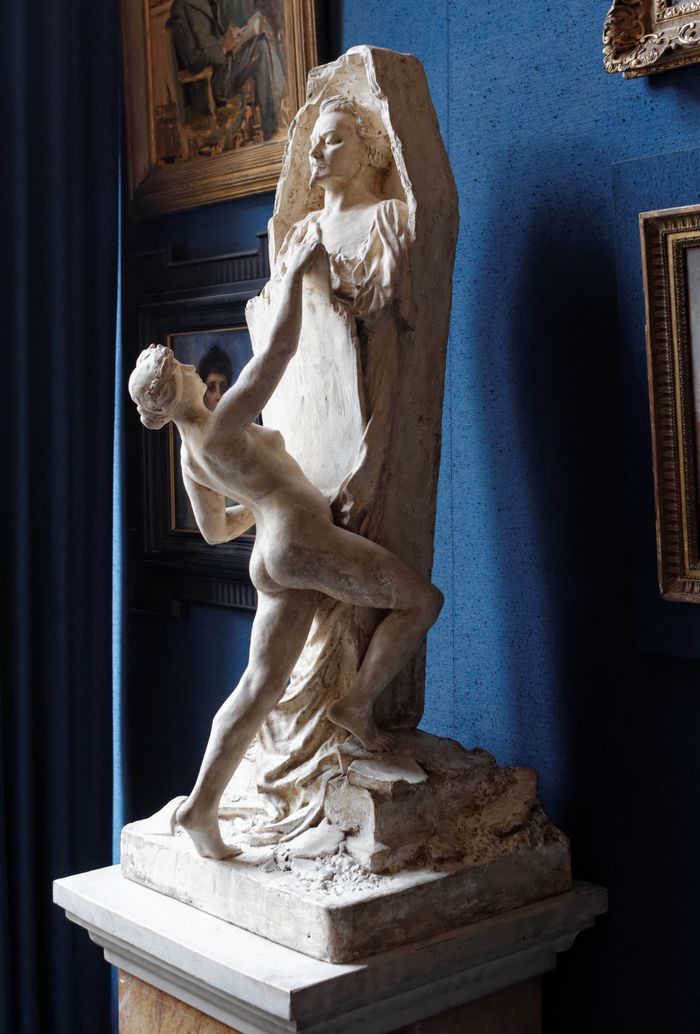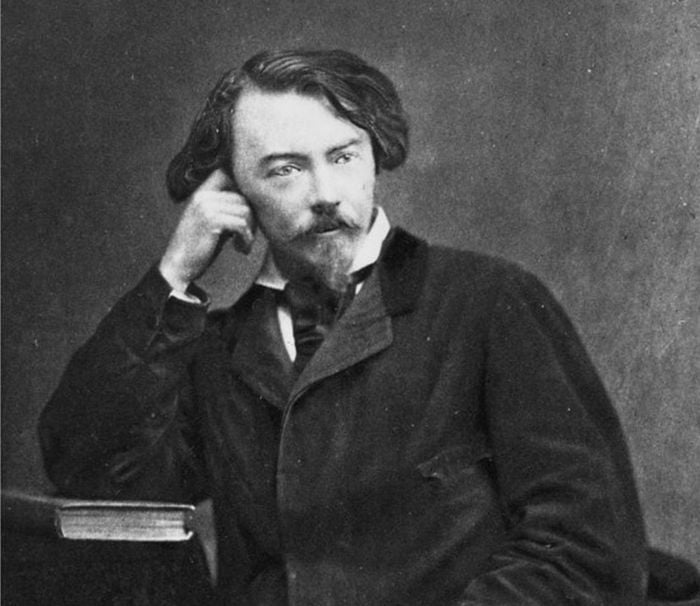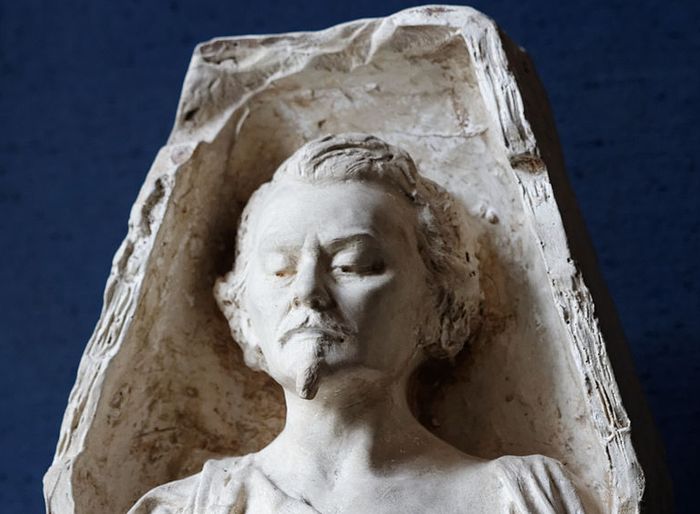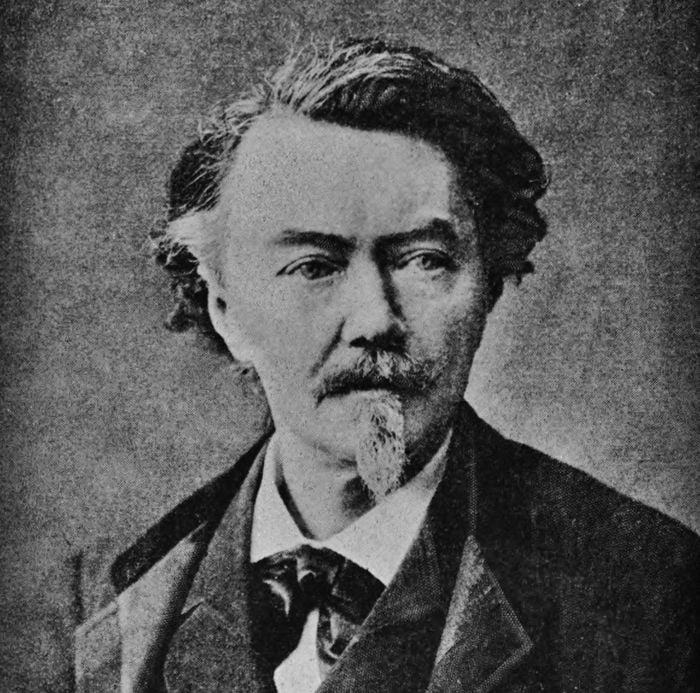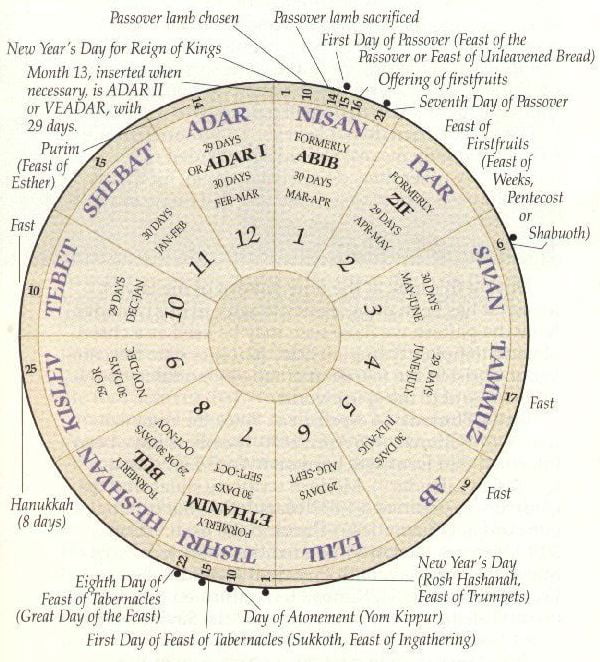The Torture of Hope – Villiers de L’isle Adam (1838-1889)
Count Villiers de l’Isle Adam, bom in Brittany in 1838, led a strange life. “Born without average will-power,” says Huneker, “except the will to imagine beautiful and strange things, all his years he fought the contending impulses of his dual nature.”
He was the very model of a bohemian. His strange tales, the best of which are collected under the title Cruel Tales, are fantastic prose poems in the manner of Poe. The Torture of Hope, according to Huneker, recalls Poe at his best.
The Torture of Hope – The present version, anonymously translated, is reprinted from an American collection of tales, not dated. It is from the volume of Cruel Tales.
The Torture of Hope
Many years ago, as evening was closing in, the venerable Pedro Arbuez d’Espila, sixth prior of the Dominicans of Segovia, and third Grand Inquisitor of Spain, followed by a fra redemptor, and preceded by two familiars of the Holy Office, the latter carrying lanterns, made their way to a subterranean dungeon.
The bolt of a massive door creaked, and they entered a mephitic in pace, where the dim light revealed between rings fastened to the wall a bloodstained rack, a brazier and a jug. On a pile of straw, loaded with fetters and his neck encircled by an iron carcan, sat a haggard man, of uncertain age, clothed in rags.
This prisoner was no other than Rabbi Aser Abarbanel, a Jew of Aragon, who—accused of usury and pitiless scorn for the poor—had been daily subjected to torture for more than a year. Yet “his blindness was as dense as his hide,” and he had refused to abjure his faith.
